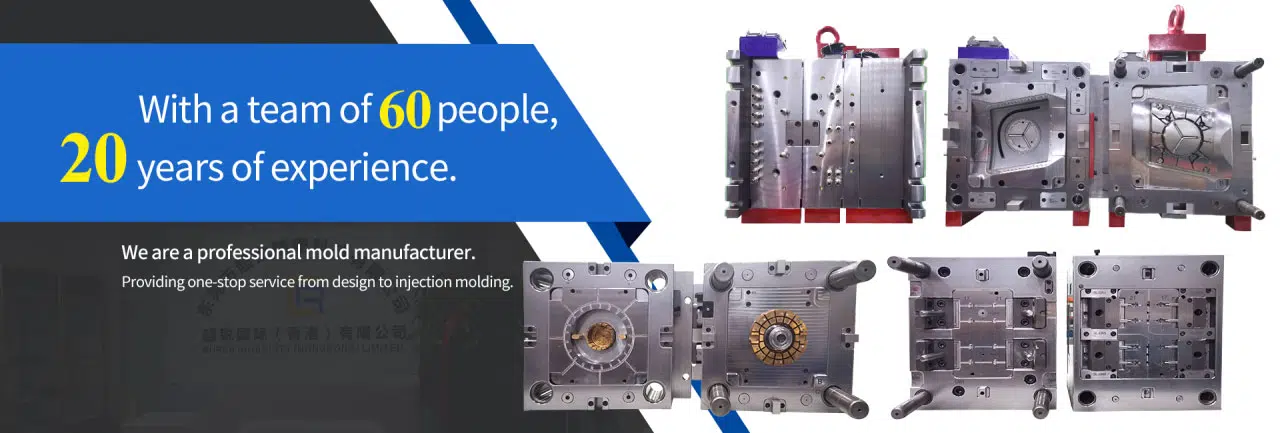Sand Casting Process Overview

# Sand Casting Process Overview
## Introduction to Sand Casting
Sand casting is one of the oldest and most widely used metal casting processes. This versatile method has been employed for centuries to create metal parts of various sizes and complexities. The process involves pouring molten metal into a sand mold cavity, allowing it to solidify, and then breaking away the sand mold to reveal the finished casting.
## The Basic Steps of Sand Casting
### 1. Pattern Creation
The process begins with creating a pattern, which is a replica of the final product. Patterns can be made from wood, metal, plastic, or other materials. The pattern includes allowances for shrinkage and machining.
### 2. Mold Preparation
Mold preparation involves packing specially formulated sand around the pattern. The sand mixture typically consists of:
– Silica sand (85-95%)
– Clay (5-10%)
– Water (2-5%)
The sand is packed tightly to form the mold cavity that will receive the molten metal.
### 3. Core Making (if needed)
For castings with internal cavities or undercuts, sand cores are created separately and placed in the mold before pouring.
### 4. Mold Assembly
The cope (top half) and drag (bottom half) of the mold are assembled, with the core positioned if required. The mold halves are securely clamped together to prevent leakage during pouring.
Keyword: Sand Casting
### 5. Pouring the Molten Metal
Molten metal is poured into the mold through the sprue (funnel-shaped opening). The metal fills the mold cavity and any risers (reservoirs that feed metal to the casting as it solidifies and shrinks).
### 6. Cooling and Solidification
The casting is allowed to cool and solidify completely. Cooling time depends on the metal used and the size of the casting.
### 7. Shakeout
Once cooled, the sand mold is broken away to reveal the raw casting. The sand is typically recycled for future use.
### 8. Finishing Operations
The casting undergoes various finishing processes:
– Removal of gates and risers
– Grinding and smoothing
– Machining (if required)
– Surface treatment (painting, plating, etc.)
## Advantages of Sand Casting
Sand casting offers several benefits that contribute to its widespread use:
– Cost-effective for small to medium production runs
– Can produce very large castings (up to several tons)
– Suitable for a wide range of metals and alloys
– Relatively simple tooling requirements
– Good dimensional accuracy for most applications
– Flexibility in design changes
## Common Applications
Sand casting is used across numerous industries to produce:
– Engine blocks and cylinder heads
– Pump housings
– Valve bodies
– Machine tool bases
– Large gears
– Ornamental ironwork
– And many other components
## Conclusion
The sand casting process remains a fundamental manufacturing technique due to its versatility, cost-effectiveness, and ability to produce complex shapes in a wide range of metals. While newer casting methods have been developed, sand casting continues to be the preferred choice for many applications, particularly for medium to large castings and low to medium production quantities.

